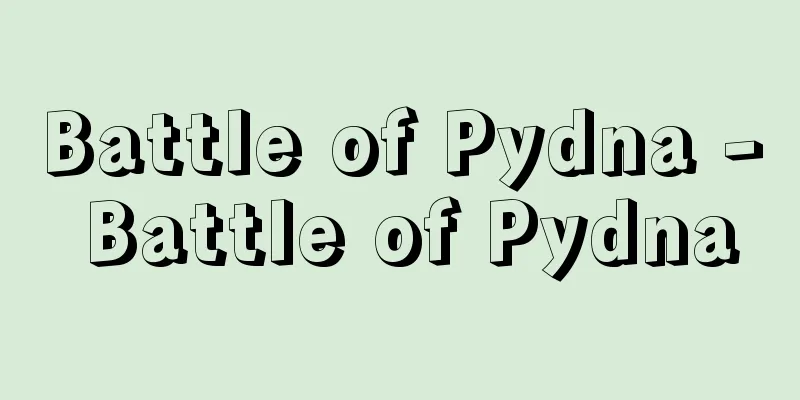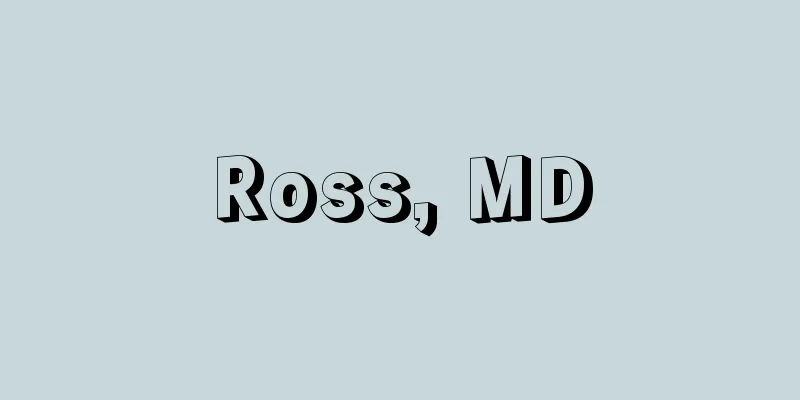Australoid - Australoid (English spelling)

|
The term "Australian-like" refers to Australian Aborigines and related races. They are sometimes classified as part of the Caucasian race as the ancestor of today's so-called white people, and are also considered an independent racial group (major racial classification). Their characteristics include a brow arch that is raised like a brow, sunken eyes and the root of the nose, and a short, wide face from top to bottom. Their nose is low and very wide. Their mouth is large and their lips are thick but not very turned up. Their forehead is narrow and somewhat set back. Their head is long. They have the largest teeth of any living human, which is why they have a protognathic jaw. Their skin is generally chocolate brown, but the color becomes lighter the further away from the equator it is, depending on the amount of sunlight they receive. Their hair and the color of their irises are almost always brown. In the tribes of central Australia, almost all children have blonde hair in infancy, and the rate is high in the western region as well. Their hair is wavy. They have a lot of body and facial hair. Their heights vary, but they are thin and have long, slender limbs. This body shape is suitable for the hot desert because it gives them a large surface area relative to their weight. Their blood types are significantly different from other populations, with ABO type B being significantly less common and MN type N being more prevalent. Australoids are widespread across the Australian continent, but there are large regional differences. For example, in Queensland in the northeast of the continent, there is a tribe that has pygmy elements, such as short adult males with an average height of 150 cm and extremely curly hair. According to Joseph B. Birdsell, the Carpentarians live in the north of the continent, the Malians in the southeast, and intermediate groups are found in the central desert region. Australoids outside of the Australian continent are thought to be closely related to the Papuans of New Guinea. The Bedda, who live in southern India and the interior of Sri Lanka, are similar to Australoids, but have less body hair. [Shise Kahara] [References] | |Source: Shogakukan Encyclopedia Nipponica About Encyclopedia Nipponica Information | Legend |
|
類オーストラリア人種という意味で、オーストラリア・アボリジニーとその類縁人種を一括していう。今日のいわゆる白人の祖型としてコーカソイドのなかに入れられたり、独立の人種系種(人種の大分類)にあげられたりする。その特徴として、眉上弓(びじょうきゅう)がひさしのように張り、目や鼻根部がくぼみ、顔は上下に短く幅広い。鼻は低く、非常に幅広い。口が大きく、唇は厚いが、それほどめくれ返ってはいない。額は狭く、いくらか後退している。長頭。現生人類で最大の歯をもち、そのため突顎(とつがく)を示す。皮膚の色は全般的にチョコレート色であるが、日光の量と関連し、赤道から遠く離れた地方ほど色が薄くなる。毛髪や、目の虹彩(こうさい)の色はほとんどの場合において褐色である。オーストラリア中央部の諸族では、幼児期にほぼ全員が金髪であり、西部地域でもその率は高い。毛は波状である。体毛や顔毛の量は多い。身長はさまざまであるが、体はやせて、四肢も細長い。この体形は体重に比べて体表面積が大きいため、暑熱の砂漠に適しているといえる。血液型はほかの集団とは大幅に異なり、ABO式ではB型が著しく少なく、またMN式ではN型が高率である。 オーストラロイドはオーストラリア大陸に広く分布するが、地域差が大きい。たとえば大陸北東部のクイーンズランドには、成人男子の平均身長が150センチメートルという短身で、頭髪が著しく縮れているなどのピグミー的要素をもつ部族が住んでいる。またバードセルJoseph B. Birdsellによれば、大陸北部にカーペンタリア人、南東部にマリ人が住み、中央砂漠地帯には中間的なものが分布するという。オーストラリア大陸以外のオーストラロイドとしては、ニューギニアのパプア人との近縁性が考えられる。インド南部やスリランカ奥地に住むベッダはオーストラロイドに似るが、体毛は少ない。 [香原志勢] [参照項目] | |出典 小学館 日本大百科全書(ニッポニカ)日本大百科全書(ニッポニカ)について 情報 | 凡例 |
>>: Austral [Islands] - Austral
Recommend
Shotaro Ikegai
Year of death: July 28, 1934 Year of birth: Octobe...
Namasu (pickled vegetables) - Namasu (pickled vegetables)
It can also be written as 鱠. As the Wamyōshō state...
Captain
The general manager of a ship's operation and...
Nomugi Pass
A pass on the border between Matsumoto City, Naga...
Hodo Sennin - Hodo Sennin
A legendary hermit who is said to have been active...
Rock salt pillow - Ganenmakura
...Salt domes in the Gulf of Mexico are particula...
"Education Reform Council Handbook" - Education Reform Council Handbook
…Based on these recommendations, the Fundamental ...
Konishi Yukinaga
A Christian feudal lord of the Sengoku period. Hi...
City deposit - Ichiazukari
The following passage explains the situation: &qu...
King penguin - King penguin (English spelling)
A seabird of the family Spheniscus, order Aves. I...
Epigraphy - epigraphy
In China, the study of inscriptions on bronze ves...
Good price - Ryokai
A Zen monk from the Tang Dynasty in China. The fou...
Dowa measures - Dowa taisaku
National and local government measures aimed at re...
White Butterfly - White Butterfly
A general term for insects of the family Pieridae ...
Oharai - Purification
Please see the "Exorcism" page. Source:...









